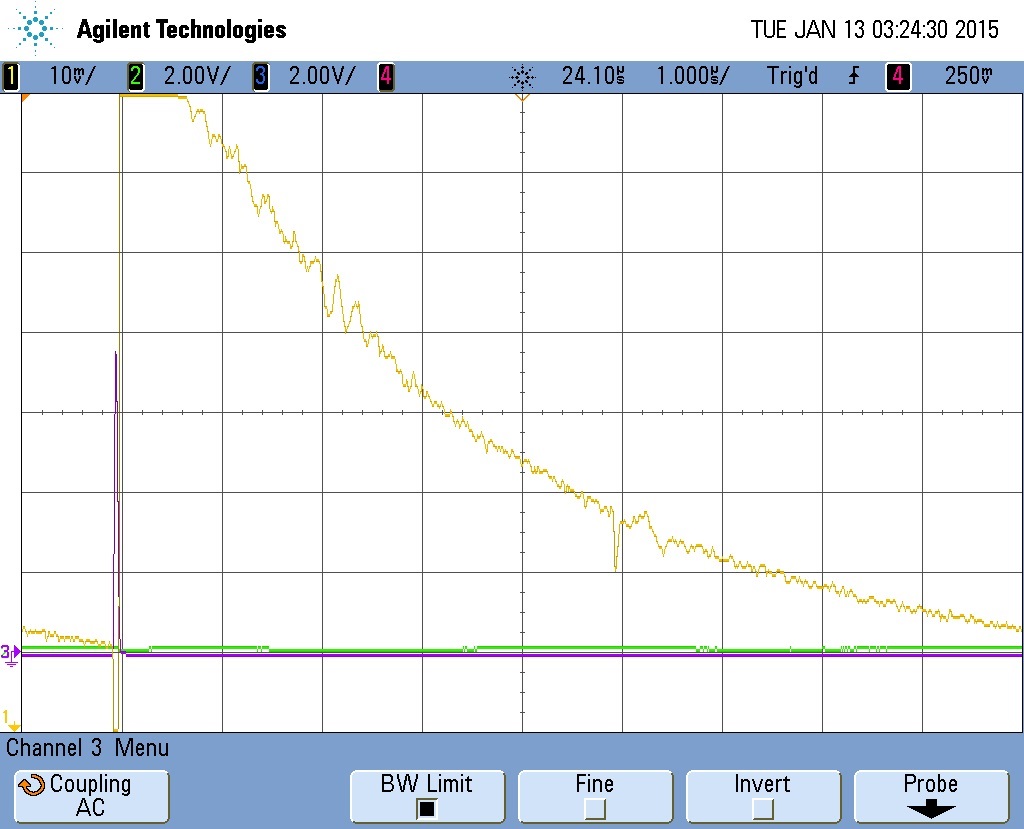Hi,
I need to use a TX/RX switch for my ultrasonic sensor. It looks like TX810 is the right one. But before that i have couple doubts from the user guide. Link attached below.

1. Figure 5 of the document shows recovery time with small input signal.
My understanding is that the input given is a combination of 0.25 Vpp followed by 140 Vpp.
The question that i have is, why is there an oscillation of 0.25V in the output even after the input amplitude goes to zero ( i.e after 0.25 micro second).
Could someone pls explain me about this small signal at the output.?
2. Also can you please compare the Figure 6 with Figure 5 and ellaborate whats exactly going on at the output ?
Thanks in advance.



